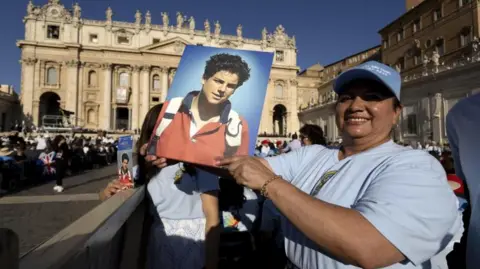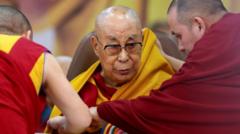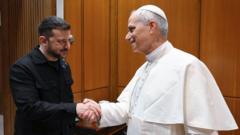During the conclave sessions, votes will be cast in secrecy, with the outcome revealed by colored smoke puffing from a chimney above the chapel. Black smoke indicates a lack of consensus, whereas white smoke signifies that a new pope has been elected. This process is reminiscent of the historical conclaves, where negotiations could extend from mere hours to years, as seen during the 13th century.
In today's digital age, news of the new pontiff will immediately reach the public, with insights into his theological beliefs and potential impact on the Catholic Church being made available within moments of the announcement. Nonetheless, Horowitz warns of the unexpected; the emergence of a “dark-horse” candidate can always alter the anticipated outcome, reminding us that the conclave never unfolds precisely as planned.
As cardinals prepare for this consequential gathering, the world watches with bated breath, keen to see which individual will lead the Catholic Church into its next chapter.
In today's digital age, news of the new pontiff will immediately reach the public, with insights into his theological beliefs and potential impact on the Catholic Church being made available within moments of the announcement. Nonetheless, Horowitz warns of the unexpected; the emergence of a “dark-horse” candidate can always alter the anticipated outcome, reminding us that the conclave never unfolds precisely as planned.
As cardinals prepare for this consequential gathering, the world watches with bated breath, keen to see which individual will lead the Catholic Church into its next chapter.





















